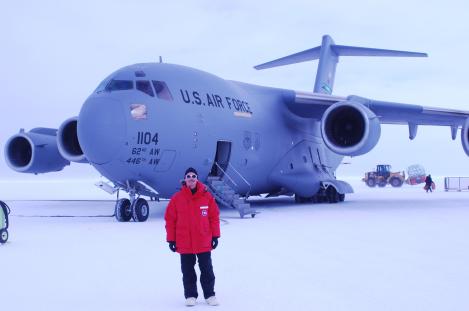 The C-17 flight was great. But who left the freezer door open!
The C-17 flight was great. But who left the freezer door open!
Since we have arrived in McMurdo it has been non-stop training and getting ready for the trip up the volcano. McMurdo is a well-organized town with people to help you with anything you need. Having not been here for 20 years, its great to see the new buildings and operations. It is also good to see the familiar structures and see some old friends and scientists from before. The new Crary Lab building is amazing! I will take some photos of this place and try to create a tour so that everyone can see what an outstanding facility this is.
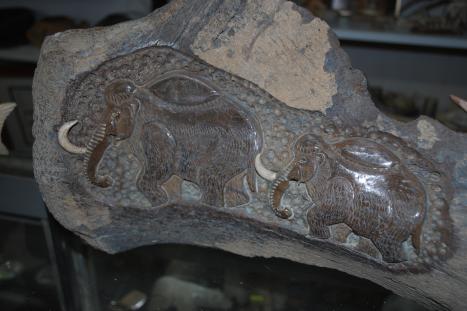 Downtown McMurdo Station, the heart of the U.S. Antarctic Program.
Downtown McMurdo Station, the heart of the U.S. Antarctic Program.
In the meantime, our team was sent to Altitude Class where we learned about the types of illnesses that can occur when you are high above sea level. We also learned that at the poles, the altitude is even higher than what you think! Then our instructor showed us how to use a Gamow Bag.
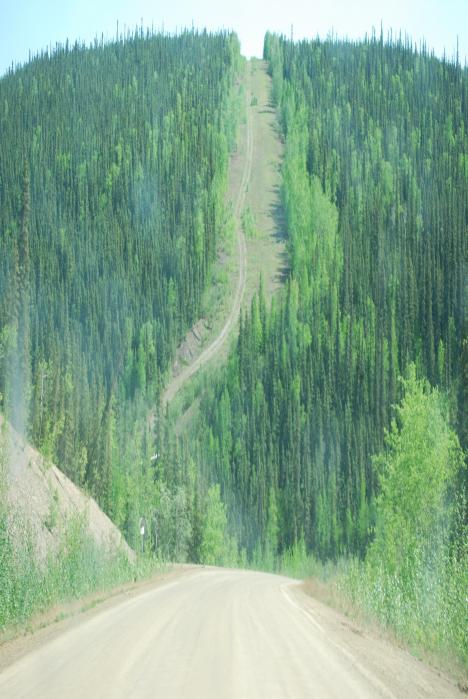 The GAMOW Bag is used to treat altitude sickness.
The GAMOW Bag is used to treat altitude sickness.
This is a bag that is used to treat altitude sickness. When a person is placed in the bag it is then inflated and pressurized to simulate lower altitudes. It is sort of a way of taking a person back down the mountain without having to really move them. During times of bad weather it may become impossible to move a sick person, so this bag could help. I volunteered to get in to the bag so that we could all see how it works. It was great and a lot larger inside than I expected. I could feel the pressure on my eardrums as the bag was inflated. Pretty cool! Later that afternoon some of us got together so that we could learn about the seismometers that we will be using on Erebus. There are 100 seismometers that we will be placing on the mountain this season. The main unit is inside of the orange box. The box is lined with material to keep the cold out.
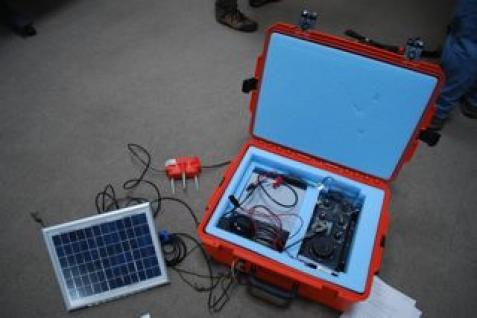 One of the 100 Seismometers that are being installed.
One of the 100 Seismometers that are being installed.
Outside of the box are two other parts. The solar panel is standing on the bottom left of the box. This will collect the sunlight and change it in to electrical power for the instrument. The solar panel will be attached to the top of the orange box. The other part outside of the box is the seismometer itself. This seismometer can pick up waves moving across the rock and up and down in the rock. This will get buried in the snow and covered. Inside of the box are three components of the system. The large black object is the digitizer. This changes the signal from the seismometer to a digital signal and is then stored on a chip. The smaller rectangle on the left side in the box is the battery. Then the black round unit in the lower left corner of the box is the GPS. The GPS unit will give an exact time when the data is recorded by the seismometer.
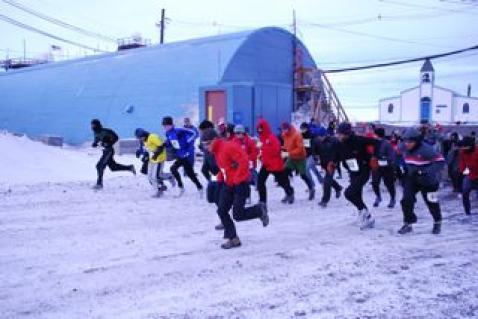 The 5K Turkey Trot on Thanksgiving
The 5K Turkey Trot on Thanksgiving
Several members of our group, including myself, did have time this weekend to run in the Turkey Trot 5K. It was a nice morning and a lot of fun!

